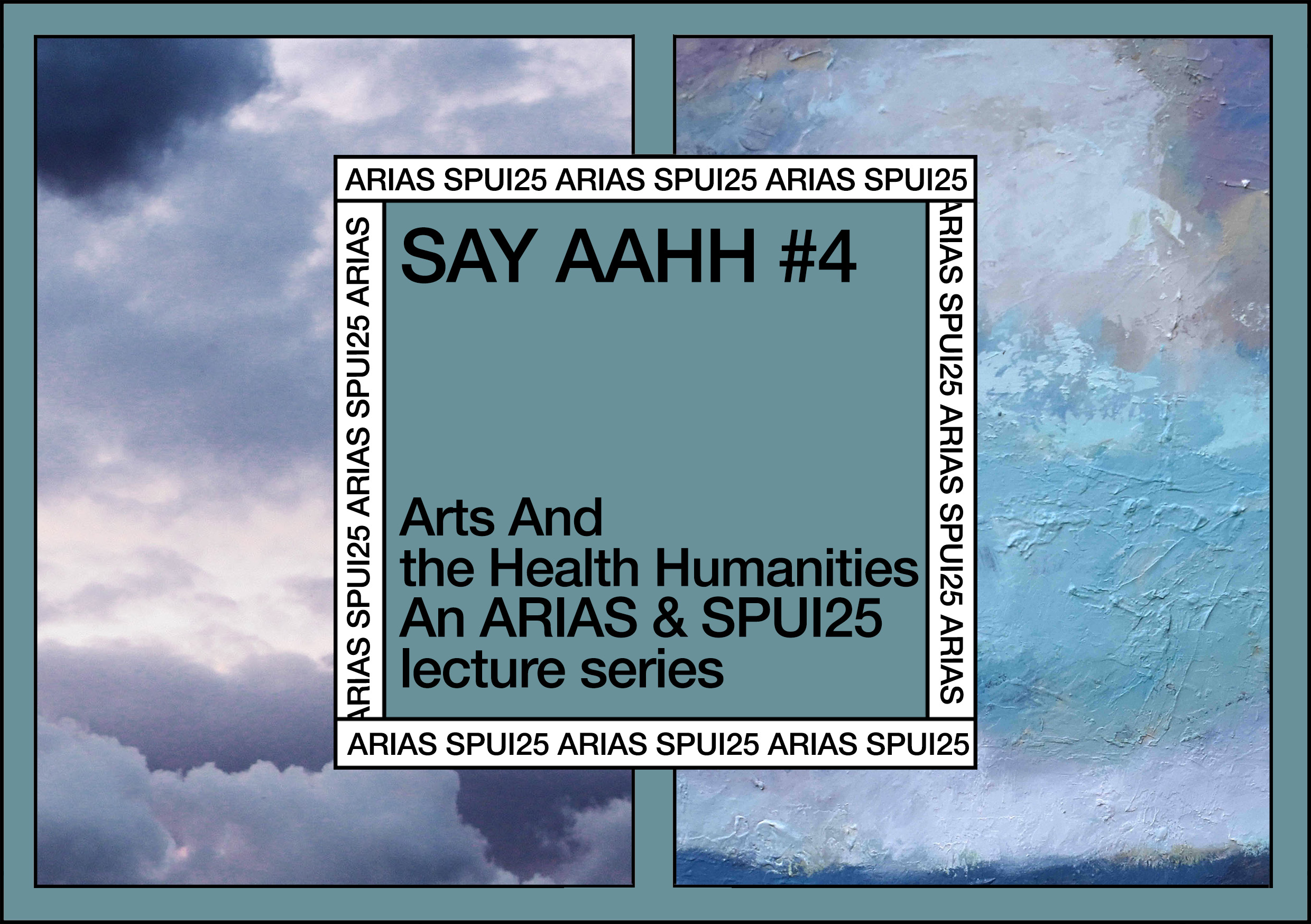28 March 2019: SAY AHH #4 Mediatizing Disability: Depiction and Discourse in Popular Media
From artworks to news reports, novels to Netflix, and social media to medical journals, old and new media shape our perceptions of disability. Their representations influence how we interact with and, importantly, advocate for people with disabilities. While many of the narratives presented in various media have traditionally fallen into harmful tropes of the pitiable or inspirational disabled character, contemporary works seek to challenge such representations. The three speakers for the 4th session of the “SAY AAHH!” series discussed their ongoing work on this topic in short lectures, followed by a q&a session with the audience.
In his talk, “Managing trauma through mimicry and mockery,” John Miers presented excerpts from his research at University of the Arts London’s Archives and Special Collections Centre at London College of Communication. In his project, Miers adopts the visual languages of other cartoonists, in particular Mark Beyer and Ivan Brunetti, in order to create semi-fictionalised autobiographical narratives dealing with aspects of the diagnosis and treatment of multiple sclerosis. Rather than distancing himself from his experience of illness, adopting the expressive habits of another person allows Miers to confront some of its most unpleasant aspects more directly. Click here for more on John Miers.
Anja Hiddinga discussed her video projects that take deaf people as the main protagonists in a talk entitled “Images of Deafhood.” In her work, Hiddinga addresses how there is no such thing as the deaf person or the deaf world, and underlines what Deaf scholars have emphasized about the different ways in which one can be deaf. Resisting the essentialization of deafness to a bodily condition, these scholars have developed concepts doing justice to the variety of ‘deafnesses,’ while at the same time trying to grasp what is shared between deaf people. The notion of Deafhood (Paddy Ladd, 2003), for example, conceptualizes deafness as an inherently cultural notion and not a bodily defect. Projects on and with elderly deaf people, on deaf poets, on signers and non-signers, on histories and everyday life, show a spectrum of the needs and gains of disability and culture. Hiddinga presented some clips from these projects and discussed what they have brought her and evoked in different audiences, deaf and hearing, scientific and popular.
Lastly, Tim Yaczo presented “Mediating brain (dis)abilities: Catherine Lacey’s The Answers and neuro fitness.” Literary narratives of brain disorders showcase contemporary concerns about neurological fitness. In Catherine Lacey’s The Answers, the characters gain knowledge about neuroscience through various media and attempt to negotiate 21st century city life and love through neurochemical experimentation. Central to the novel is the extent to which altering neurochemistry can convert disability into ability. The novel does cultural work by questioning the limits that neuroscientific insights and interventions can demand of us and yield for us today. Central to this talk is how stories of brain disability shape and address us: the ways we enter discussion, how we inhabit them, and therefore how we proceed to make use of them.

Date
March 28, 2019
Time
17:00 - 18:30
Location
Spui 25, Amsterdam

